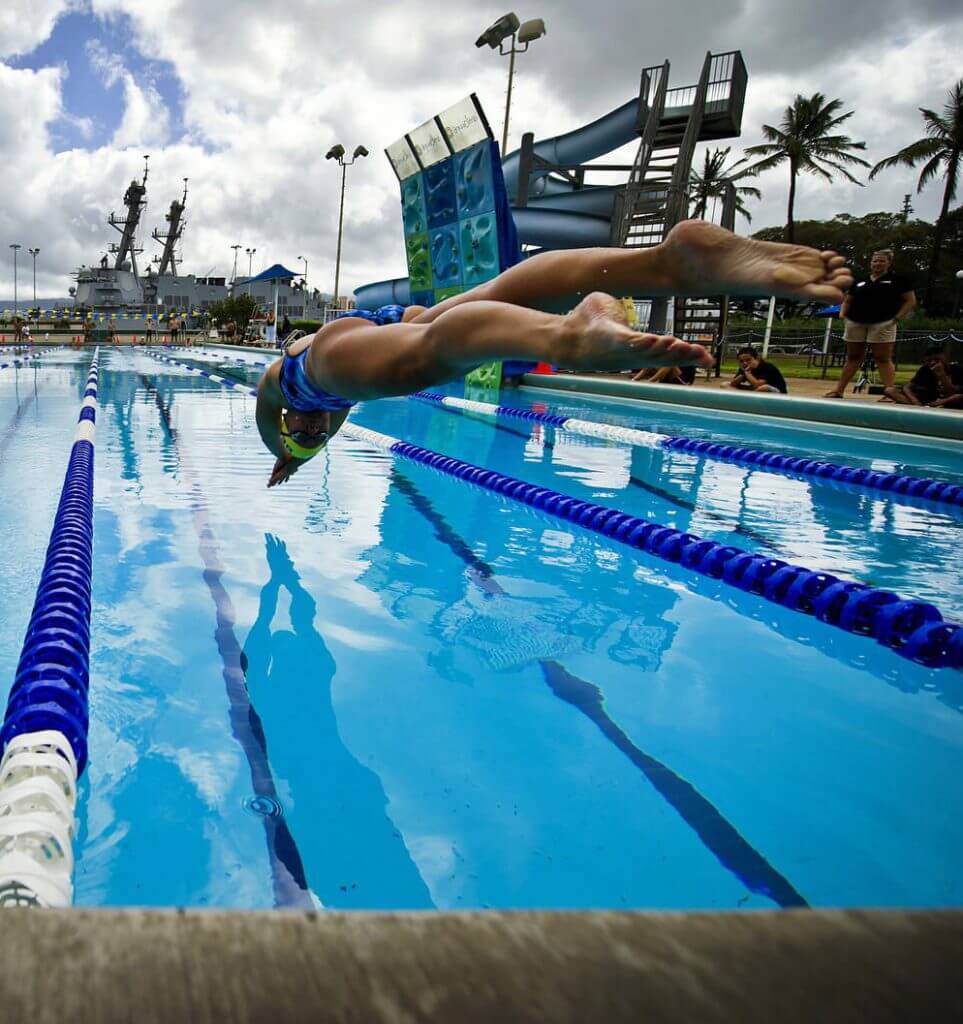National Geographic Report: Swimming Is the Best Form of Exercise

National Geographic: Swimming the Best Form of Exercise
Swimming is more than a way to race, but a way to exercise.
The water provides cardio with natural water resistance that builds and tones muscle and burns calories, all giving a boost to health in everything from the heart to mental health.
National Geographic called it the best form of exercise in a recent article. It is a sport that spans ages, cultures and geography.
“Propelling one’s body mass through water activates numerous systems throughout the body and makes the low-impact, high-results nature of the sport second to none,” the article stated.
According to the U.S. Centers for Disease Control and Prevention, Americans make more than 300 million recreational swimming visits per year, which has made the sport the fourth-most popular recreational activity in the country.
“Swimming provides an array of specific benefits such as improved cardiovascular and respiratory fitness, improved muscle strength and endurance, improved lean body mass, lower risk of traumatic injuries such as occurs during high-impact activities, and improved mental health and well-being,” Mitch Lomax, a pulmonologist and exercise physiologist at the University of Portsmouth in the United Kingdom, told National Geographic.
According to the report:
- Studies show that swimming also increases range of motion, reduces joint pain, enhances flexibility, improves posture, and slows down the aging process. It’s also been shown to help people with multiple sclerosis, and arthritis, and is good for blood glucose management.
- One public health analysis found that a 155-pound person burns 281 calories per hour treading water or swimming at a moderate pace but can burn as many as 704 calories per hour swimming laps freestyle at a vigorous pace. The butterfly stroke burns as many as 774 calories per hour.
- Studies show that moving through water increases blood flow to the brain and causes a release of the hormones serotonin and dopamine.
Read the whole National Geographic article here.



